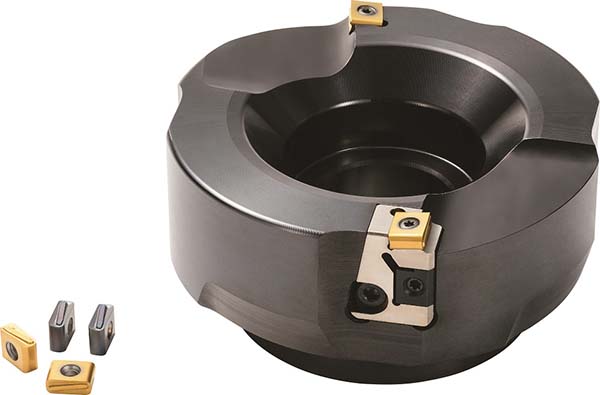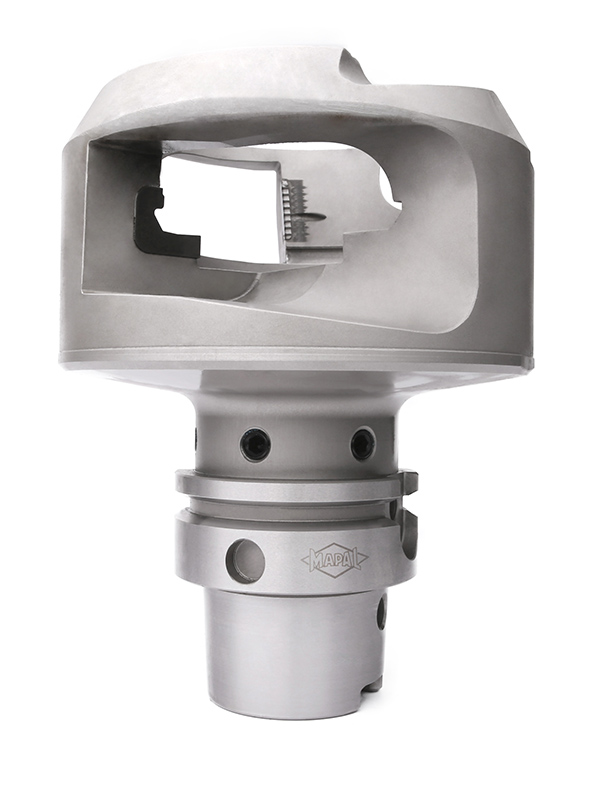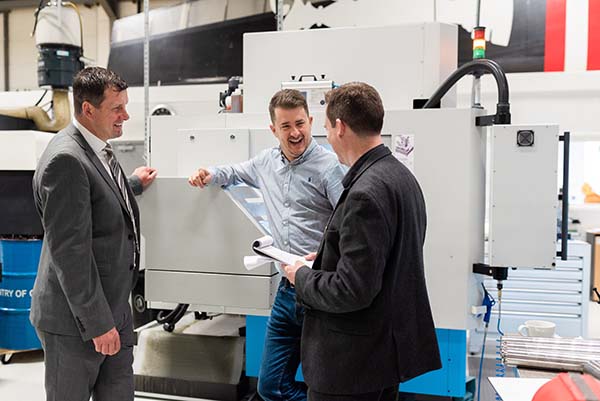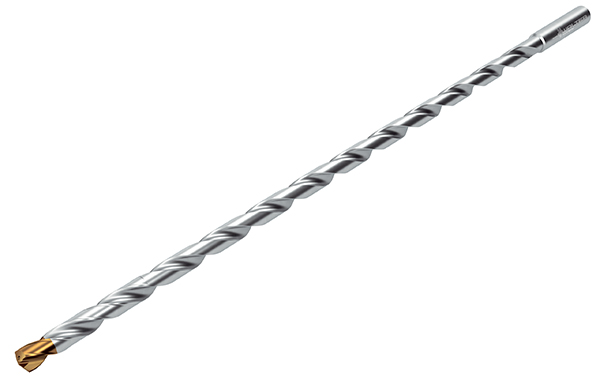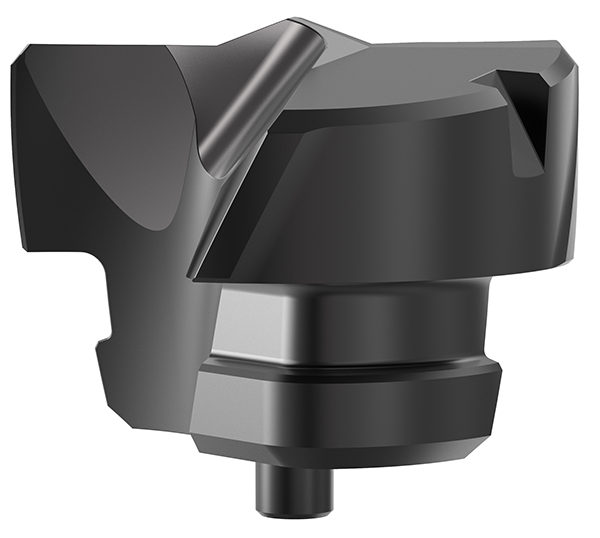The new MFF milling cutter augments the industrial tooling range offered by Kyocera in the field of finish-machining processes. Suitable for use on steel, stainless steel and cast iron workpieces, the cutter is available now.

A combination of semi-finishing and finishing inserts contributes to the efficiency provided by the MFF cutter. Years of know-how in developing and manufacturing tools has resulted in an innovative pressing method that yields robust inserts. The cutter’s wiper inserts are said to be especially suited to very high feed rates and the generation of outstanding surface qualities.
According to Kyocera, the strength of the MFF milling cutter come into its own on large components, such as construction parts made of construction steel, carbon steel or cast iron (grey and ductile iron). The robust cutter can even be used for hardened steel (up to 60 HRc) and stainless steel.
Typical problems such as vibration or scratches are avoided, principally through a combination of a sharp edge and patented Kyocera cermet technology dedicated for use as a substrate for inserts.
A new design of milling body allows the plates to be changed reliably, while time is saved thanks to the pre-set cartridge height of the MFF milling cutter; it is no longer necessary to readjust after changing a plate. The resulting precisely adjustable cutting-edge height improves handling and facilitates more reliable processes.
For further information www.kyocera.co.uk






